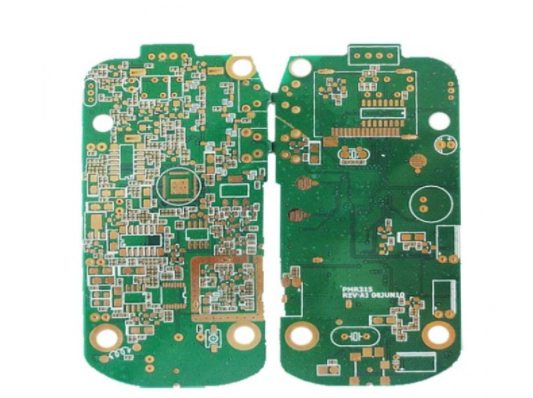SMT reflow soldering disadvantages, possible causes and countermeasures
This is a sorted table of soldering problems, possible causes and possible countermeasures during PCB assembly SMT reflow (reflow) circulating on the Internet.
In fact, the reflow soldering problem of SMT processing mainly revolves around the three major elements of uniform temperature, soldering of parts soldering feet or circuit board soldering pads, and solder paste printing.
As long as you analyze in these three directions, most of the welding problems of SMT can be answered.
The following picture summarizes the various shortcomings in SMT reflow soldering and the reasons for their occurrence. Of course, it also includes the final solutions and countermeasures.
SMT reflow soldering shortcomings, possible causes and countermeasures table

Note 1. Wick effect: Wick effect refers to the core of a candle or oil lamp, which twists filamentous fibers into a thread. Because there is a very small gap between the fiber and the fiber, one end of the core line is placed on the core. In the liquid, the liquid will move along the gap between the fibers due to the capillary phenomenon. The "lamp core effect" on the circuit substrate generally refers to the fact that the glass fibers and fibers are easily frayed due to vibration when the substrate is mechanically drilled. When the copper electroplating operation is performed, the liquid copper will penetrate along the gap between the substrate fibers and cause the problem of penetration., Its phenomenon is like the principle of lamp core, so it is called it.
When the circuit board in the circuit board manufacturer needs to be repaired, it will be manually operated to remove the tin. Generally, a wide flat ribbon rope (solder Wick) twisted by a thin wire such as copper is used near the soldering position Heating with a soldering iron to remove excess solder is also a method of using this "lamp core effect" or "capillary phenomenon" principle.
The “wick effect” in this article refers to the meaning of solder paste crawling along the surface of the solder feet of the parts. In fact, this article does not agree with the use of “wick effect” to describe this phenomenon, because most of the reasons are the solderability of the solder feet of the parts. (Surface energy) is much better (smaller) than the circuit board solder pads, so that when the reflow is high, the solder feet of the parts suck most of the solder paste, so it should also be regarded as a phenomenon of "empty soldering".
iPCB is a high-tech manufacturing enterprise focusing on the development and production of high-precision PCBs. iPCB is happy to be your business partner. Our business goal is to become the most professional prototyping PCB manufacturer in the world. Mainly focus on microwave high frequency PCB, high frequency mixed pressure, ultra-high multi-layer IC testing, from 1+ to 6+ HDI, Anylayer HDI, IC Substrate, IC test board, rigid flexible PCB, ordinary multi-layer FR4 PCB, etc. Products are widely used in industry 4.0, communications, industrial control, digital, power, computers, automobiles, medical, aerospace, instrumentation, Internet of Things and other fields.